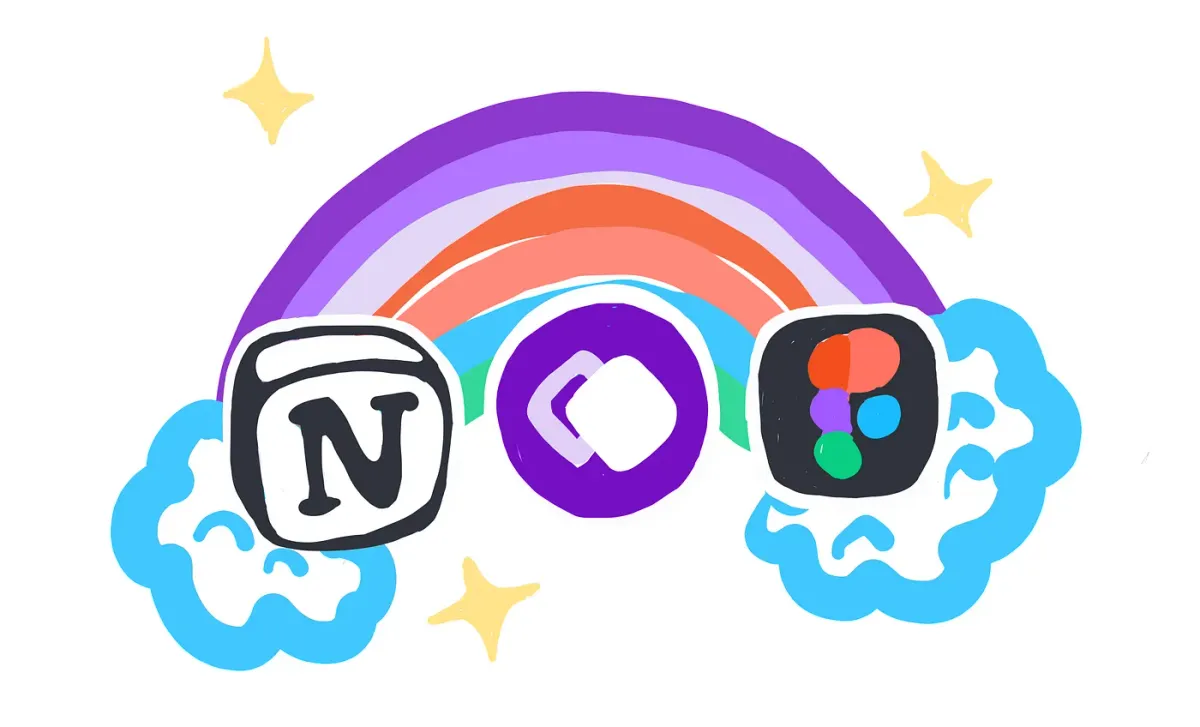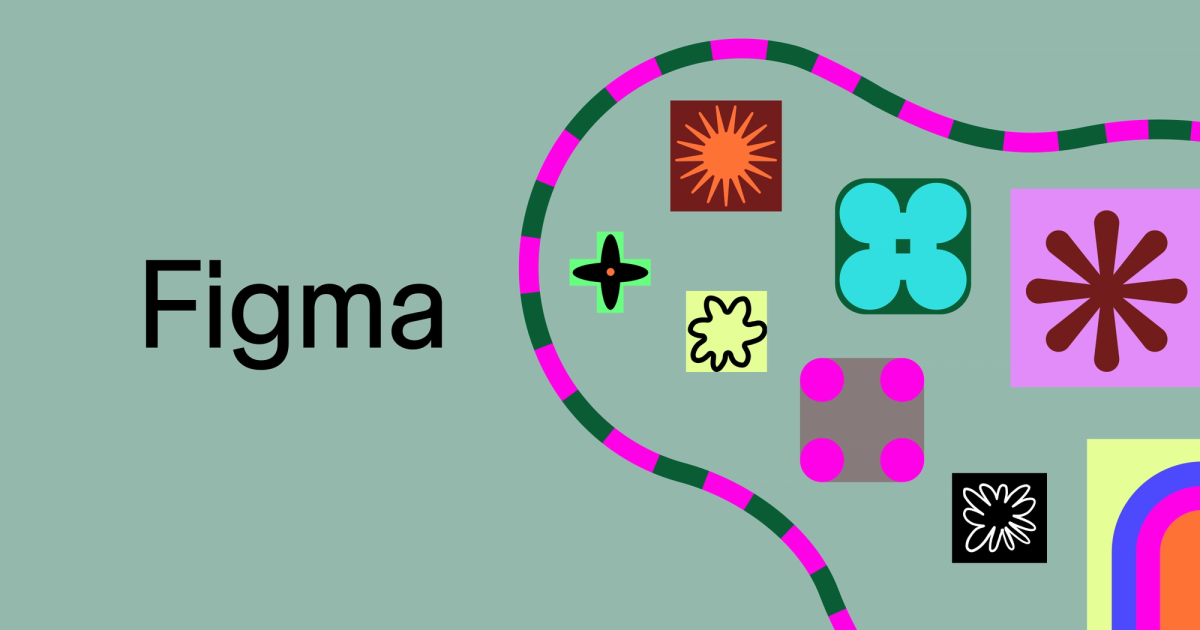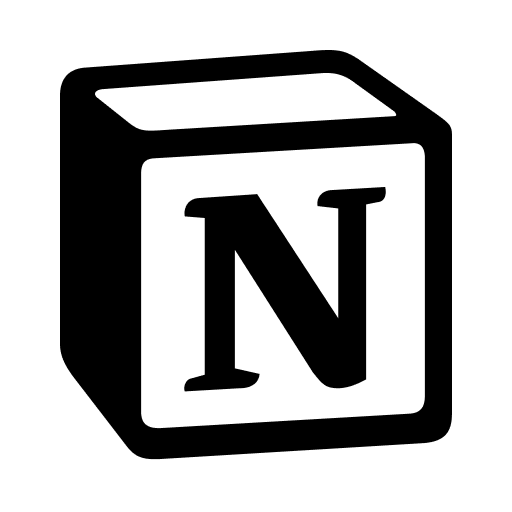5.2.3 - Workflow Analysis Pt 1 - Strategy

My workflow in my design practice is at a point where I believe it needs a massive overhaul. Up until this point, my workflow has focused heavily on actual design output, with the creative input usually being simultaneously being entered while designing. This has led to some of my most accomplished works. However I am also usually zoned in on one or two pieces of work for hours at a time trying to perfect them as best I can, while I feed it inspiration I pull from various sources as I go along.
I have realised this is inefficient and time consuming due to the nature of the field I'll be entering. It is an industry where efficiency and consistent quality are the qualities that will help me thrive. Focusing on one or two pieces at a time trying to get it right to perfection is way too slow. In other words: my workflow is no longer adequate moving forward as a growing designer.
Using a book called Design and Strategy by Wanda Grimsgaard as reference for my improved workflow, here is a step by step guide into my current workflow, key steps to deal with inefficiencies and how it will be incorporated:
- Idea Generation
After receiving a brief or a project, this is where I immediately pull different inspirations from sources such as the general scope of the internet including but not limited to Pinterest, Behance and art station, as well as materials and my environment for potential ideas. This is where immediately I'm thinking about one or two ideas I have found to be really good material and zone in on them. While it works for projects such as digital paintings or other passion projects, it really limits my ability to look at experimentation when working on briefs.
My solution to this step is to first initiate. Listening, asking questions, outlining phases and steps in the design process, setting realistic deadlines and expectations etc. Using websites such as Figma and Notion helps visualise ideas and thoughts quickly and orderly, as well as encourages new routes for experimentation to be considered.


- Concept Development
This stage is where I really start to develop my few ideas into working prototypes. Sketching and mock-ups are key in my workflow as they best help visualise what I want to design. Problems here arise when far too much time is spend on actually designing something that works over spending time making a plan that makes sure it doesn't just work but performs.
The solution to this step is to first practice insight. Conduct adequate research into the topic to collect a wealth of information that can inform my project better. Here, spending a good amount of time to research and collect a handful of references can help. Here I have found Zotero, an open source research management tool, to serve that well.

- Final Outcomes
This is usually the stage where my concepts form into final outcomes. The results that follow are to the best of my ability, but it usually hasn't been expanded as much as preferred or experimented as much as it should.
The solutions to this one is to simply make enough time and priority to expand and experiment with different paths, even if the experiment failed. Along the way, ask for continuous feedback from peers, clients and tutors.

